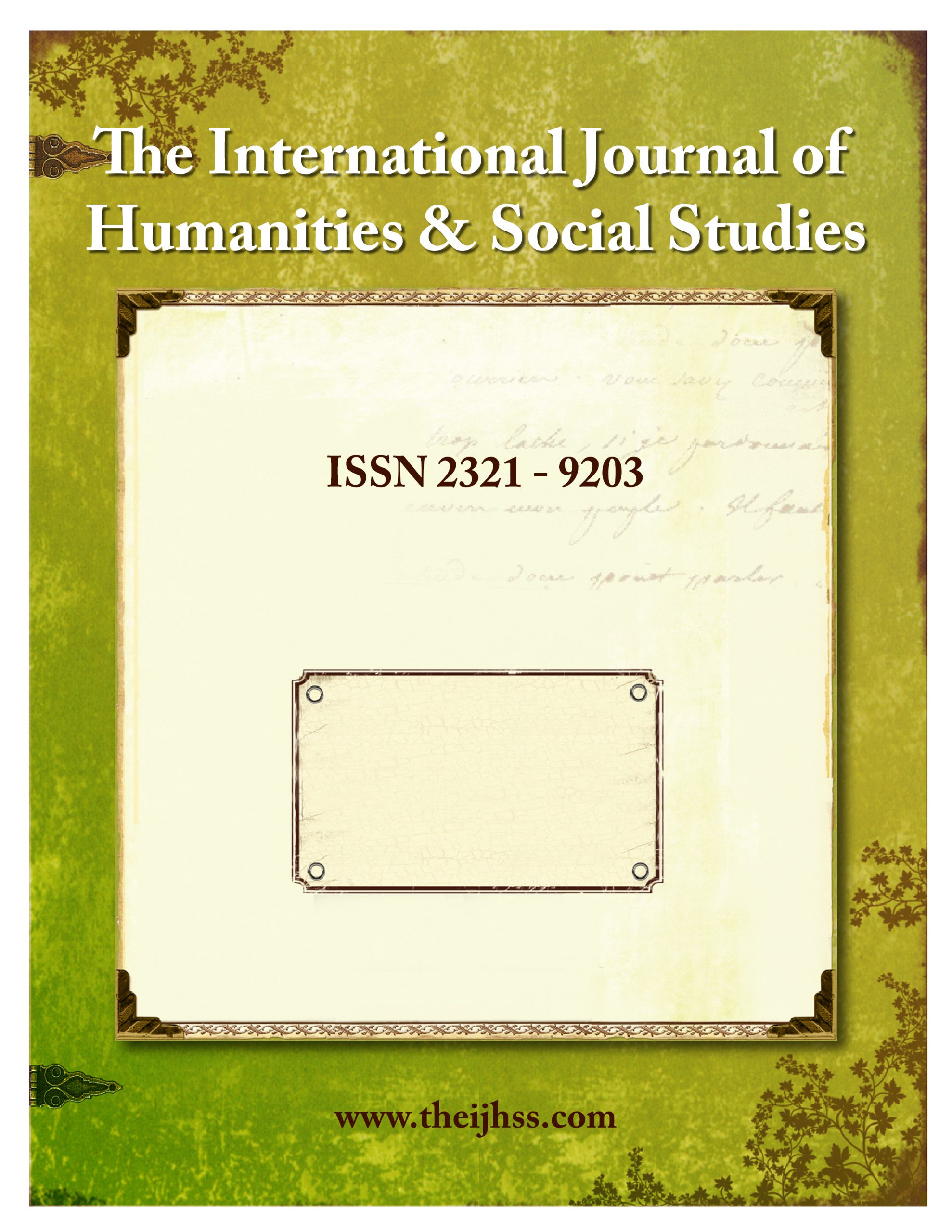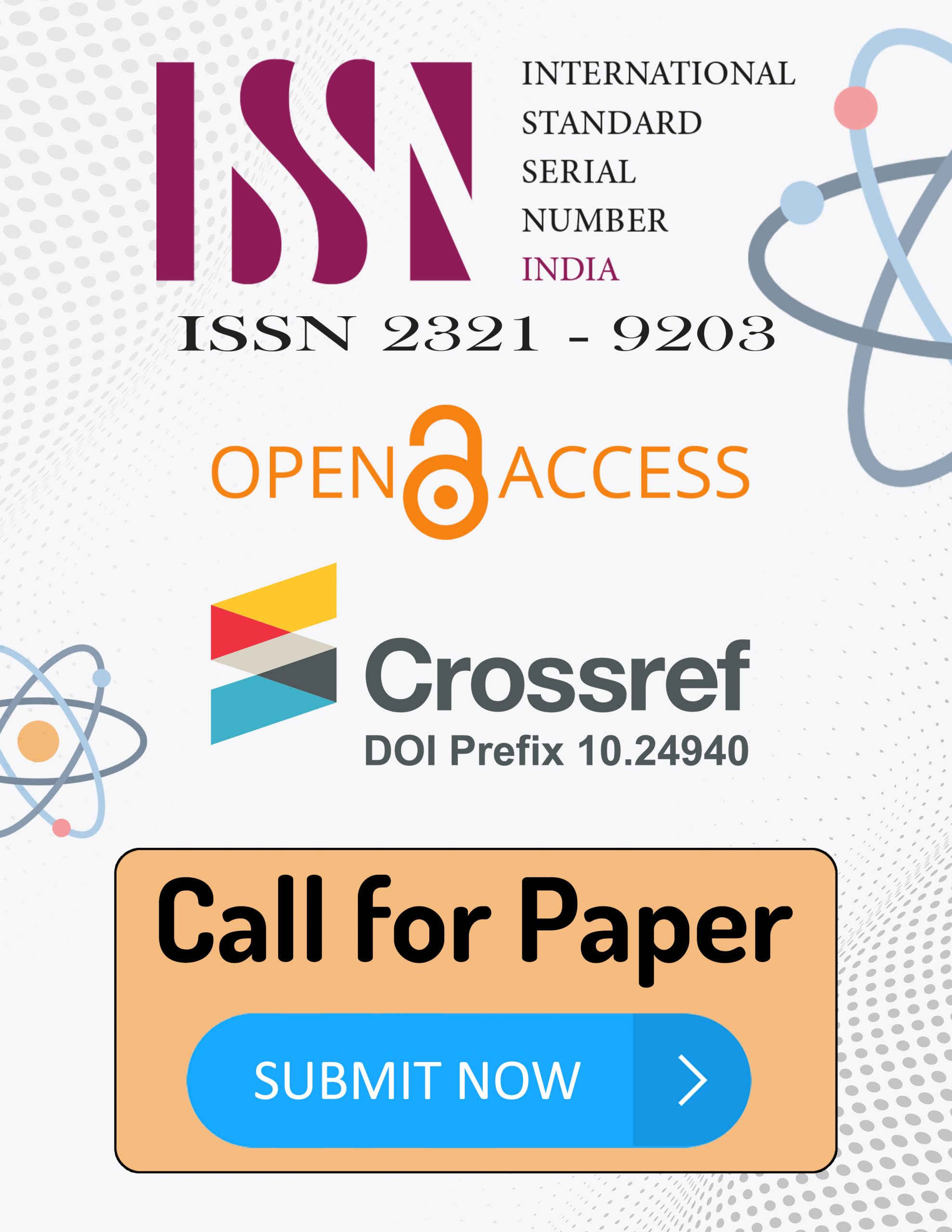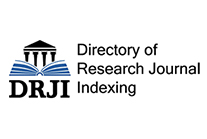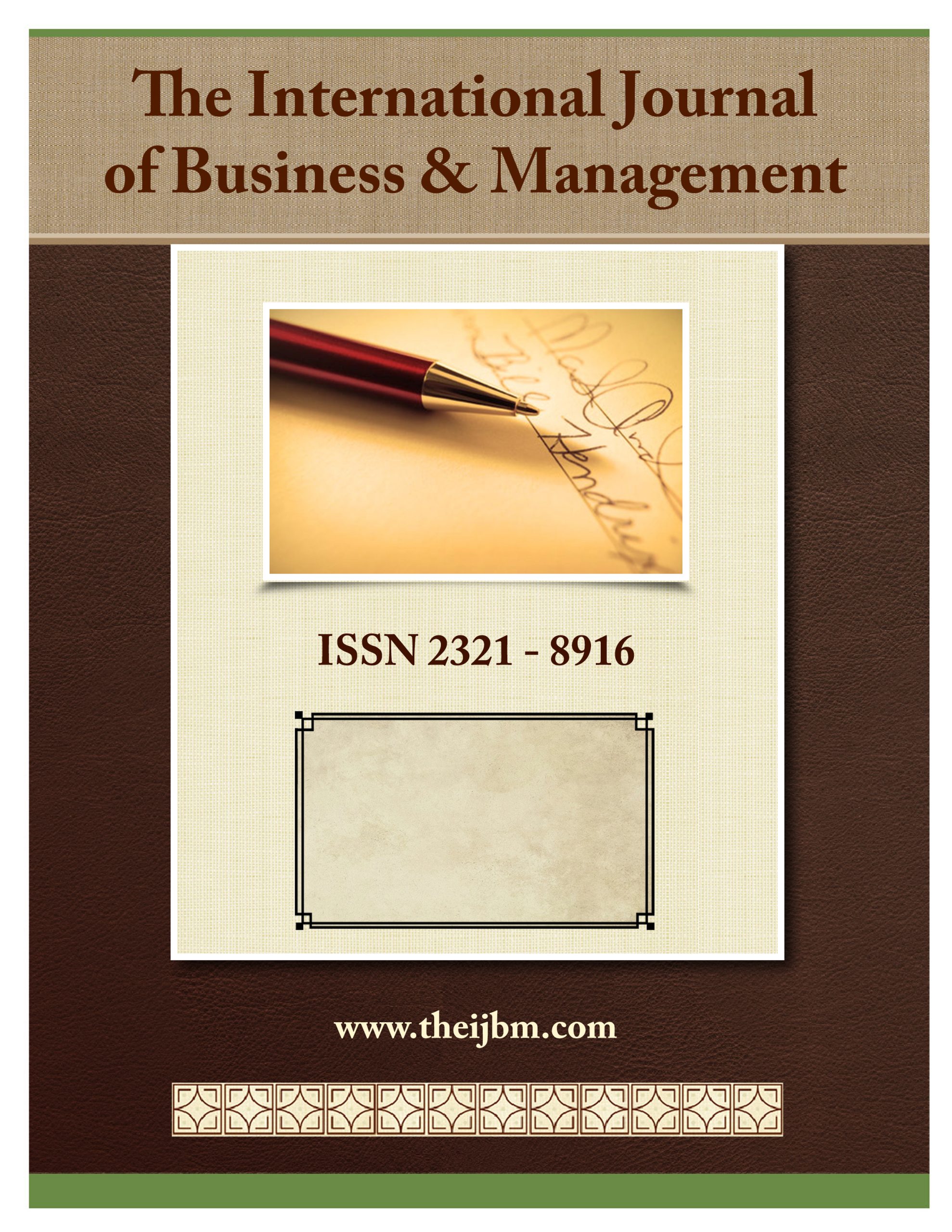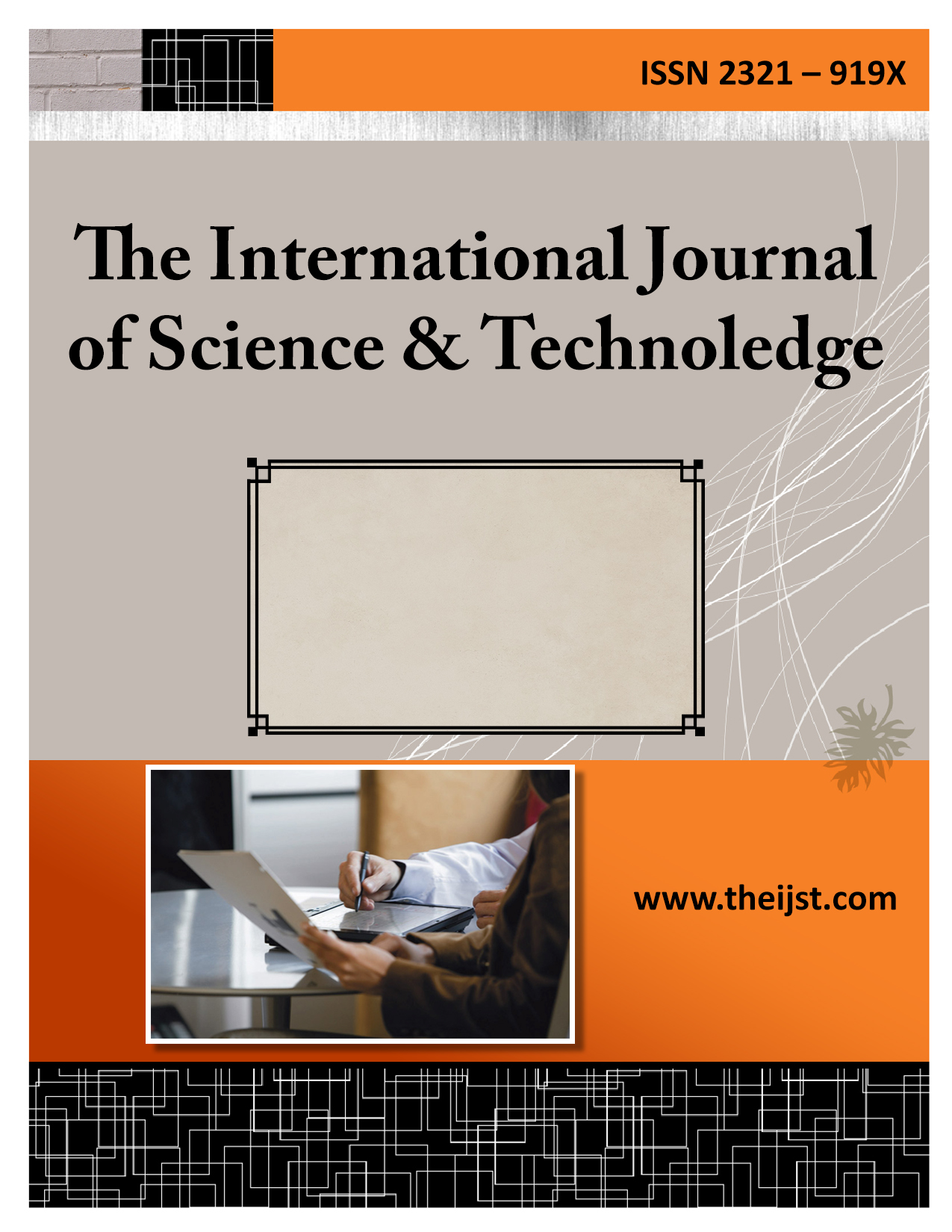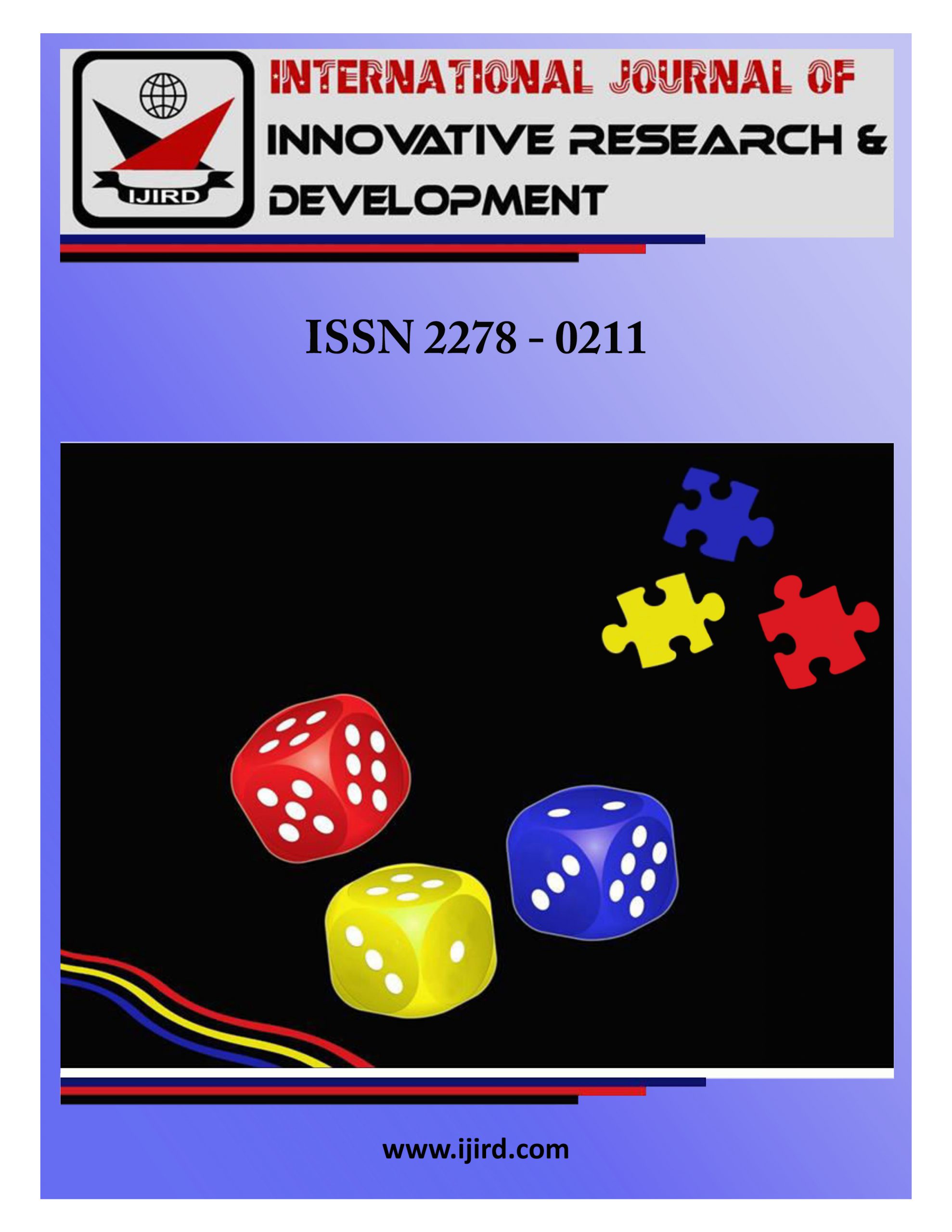Different professions have their different ethics code. Similarly, research and the academic world have their own ethical codes of conduct; some violations may include data manipulation, data fabrication, replicating research etc., of which the most unethical issue for any academic production can be plagiarism. Plagiarism is copying someone else’s work, which happens in different ways, sometimes knowingly and sometimes unknowingly by authors. That is the reason, every international journal has their policies against plagiarism; the bare minimum requirement for crossing the bridge to publication is plagiarism-free paper, which is evaluated thoroughly, when a paper is accepted for further process. However, how do you know what is plagiarism and what is not? We all read many resources before we come to a conclusion about our research, and they all inspire us in their own way. So, if someone includes read information in the research, is it plagiarism?
Let’s find out. Here are 5 common types of plagiarism and ways to avoid them-
- Direct Plagiarism– A word to word loaning of someone else’s work and presenting as your own is direct plagiarism. Sometimes, also known as global plagiarism if an entire text by someone is copied and referred to as original work. If you find a research paper or text online, you copy it as is, and submit it as your own work, it is plagiarism. If there are no quotations r reference to the original author in the ‘works cited’ section, it is plagiarism. It is similar to stealing someone else’s material objects. Just like one gets penalized for stealing physical things like money, gold, clothes, watches etc., similarly disciplinary, even legal actions are due for stealing intellectual property.
But sometimes, there is no better way to express a phrase, than copy the original author. In that case, research world has the use of quotations with reference to the original work. This can be done for certain parts of your work, but usually most universities will prohibit direct copying more than twice in one single research paper, or academic paper. Paraphrasing is encouraged instead of word-to-word copying, that to with reference to the original author, in any acceptable format.
- Mosaic Plagiarism– This doesn’t refer to copying an entire text or paper, but words, phrases or paragraphs of different sources, as is, without using quotations. The portions can be taken from different works and put together in one paper like a jigsaw puzzle to complete a picture, but even then, they will be considered plagiarism, or ‘patch-writing’ which isn’t original work of the student or author.
It is good to remember that reading resources are for knowledge and information, for inspiration and not for copying them into completing your paper. It is better to avoid such patch-writing. It is probably more useful to think through the subject, ruminate on the concepts and develop a fresh argument on it. In case, you have to copy, use quotation marks, with citation of the original work and author. But remember, that should not happen throughout a research paper.
- Paraphrasing– This might be confusing for some, because we have already referred to paraphrasing as a remedy to plagiarism. But paraphrasing without citation is also a form of plagiarism. Paraphrasing is rewriting a paragraph with the exact same concept, using alternate words like synonyms. You may have used your own words, but the idea or concept strongly belongs to someone else, and you ought to give due credit for that.
To avoid such plagiarism, you must still use citations within text, and in bibliography, to support the paraphrases. APA and MLA formats have their rules for giving in-text citations with paraphrases. Every academic student or researcher must follow the rules, else international journal houses have their tools to detect paraphrase plagiarism.
- Accidental Plagiarism– This can happen because of many reasons. As we said earlier, sometimes reading can have immense influence on our brains. We may not realize that we are paraphrasing from the book using almost the same words. This can also happen, if we forget to cite a source that we have used, or misquote someone. This can also happen if we incorrectly cite a source, that is, we have used information from book A, but we are citing book B for it. Such accidental plagiarisms are often unintentional.
The best way to avoid accidental plagiarism is to be more focused. It is always a good practice to keep citing as you write, and then save the entire citation in bibliography as you go, rather than creating the ‘Works Cited’ or ‘Bibliography’ at the end. When you write, cite and keep building the bibliography in the process of writing, there are lesser chances of forgetfulness. If you wait till the end, you might not remember, which phrase belonged to which source. Also, try to develop your own arguments on the information imbibed from texts.
- Self-plagiarism– This can be essentially confusing for students and researchers in the academic world. People argue that how can they steal from themselves! Self-plagiarism is when you copy yourself. If you have written something for one assignment or paper, and you copy certain parts of that in another paper or work because the subjects are relevant, it is called self-plagiarism. Self-plagiarism is objected on grounds of originality. If you are copying things as is from one paper to another, you are probably not thinking enough. Additionally, technical issues are involved in self-plagiarism. Tools and software used for detecting plagiarism, use sources to justify copying, and they will still detect plagiarism even if authors of two sources are same.
This is considered incorrect in the academic world, hence to avoid this, you have to use citation for your own work too. If you feel a concept that was earlier developed by you, is relevant to your current work, paraphrase it and then use citation for your old work, following the format guidelines. Include the entire title and publication information of your old work in the bibliography to complete the reference.
With the growing competition, pressure of publishing in international journal is immense for students and researchers, so creating so much of original content becomes difficult. You might find yourself repeating for similar topics in research papers. But to make sure, you do not plagiarize, you have to check your work. The best practice is using a basic plagiarism checker to scan your work, before you make a submission. Follow the highlighted portions to make the necessary corrections in your paper, and resubmit. This way plagiarism can be avoided and authenticity maintained.

